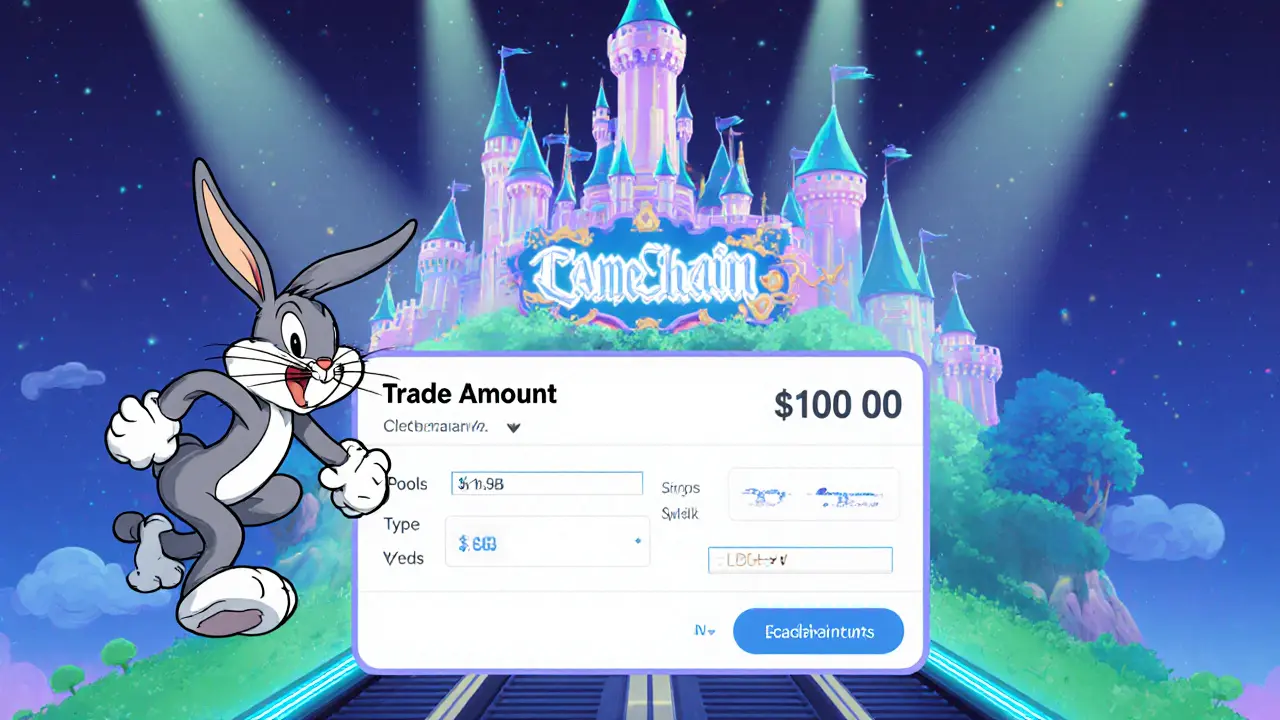Camelot V2 – Your Guide to the Arbitrum DEX
When working with Camelot V2, the Arbitrum‑based decentralized exchange that offers low‑cost swaps, liquidity mining, and governance features, also known as Camelot DEX, you’re tapping into a platform built for speed and affordability. Camelot V2 encompasses fast token swaps, fee rebates, and a native token that powers its ecosystem.
Key Players and How They Connect
The exchange runs on Arbitrum, an Ethereum layer‑2 solution that scales transactions while keeping gas fees low. This scaling layer enables Camelot V2 to process thousands of trades per second, which in turn reduces the time‑to‑finality for users. Because of that, Arbitrum provides the infrastructure that makes Camelot V2’s low‑fee model possible.
The platform’s native GRAIL token, used for fee discounts, liquidity incentives, and governance voting ties the user experience together. Holders earn rebates on swap fees, stake to earn extra rewards, and vote on protocol upgrades. In short, GRAIL token drives the incentive layer that keeps liquidity flowing.
Decentralized exchanges like Camelot V2 influence the broader DeFi market by shaping how liquidity moves across chains. When a DEX offers attractive fees and tokenomics, traders shift volume away from higher‑cost platforms, which reshapes overall liquidity distribution. This relationship shows how decentralized exchanges affect asset availability and price stability across the ecosystem.
Beyond swaps, Camelot V2 supports yield farms, staking pools, and a governance forum where token holders propose changes. The platform’s token‑based governance system means decisions are on‑chain, transparent, and directly tied to GRAIL holdings. This structure creates a feedback loop: more active governance leads to protocol improvements, which attract more users, boosting liquidity and token utility.
Security is another pillar. Camelot V2 leverages Arbitrum’s fraud‑proof mechanisms, meaning any malicious transaction can be challenged and reversed, protecting users from costly exploits. Combined with regular audits of the GRAIL token contracts, the platform offers a safety net that many newer DEXs lack.
All these pieces—Arbitrum’s scaling, GRAIL’s incentive design, and the decentralized governance model—form a cohesive ecosystem. Below you’ll find a curated set of articles that break down each component, from fee structures and tokenomics to security best practices and market performance. Dive in to get the practical insights you need before you start swapping on Camelot V2.

